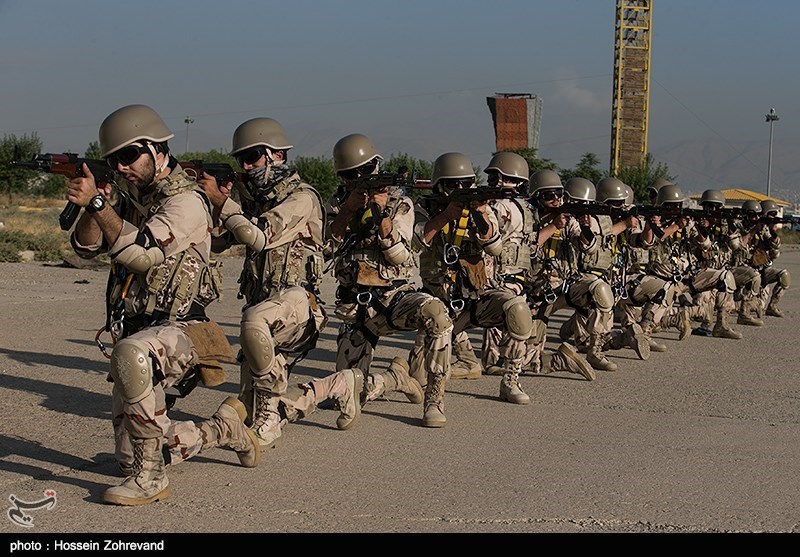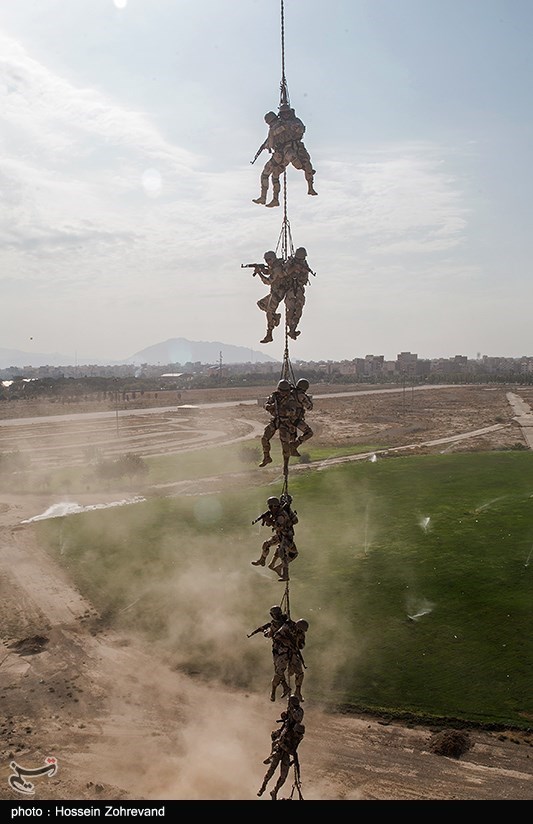US Military Must Change If It Expects To Challenge The Air Defenses of China, Russia and Iran
WASHINGTON DC
Source: Flightglobal.com
By:
JAMES DREW
Jun 2015
The US military is overly invested in short-range direct attack bombs and not enough in long-range, stealthy smart weapons and aircraft, and this must change if it ever expects to challenge the air defences of nations like China, Russia, Iran and NK.
That’s the assessment of the Washington-based Center for Strategic and Budgetary Assessments, which
released a new report this week on “sustaining America’s precision-strike advantage”.
The crux of the argument presented by authors Mark Gunzinger and Bryan
Clark is that while shorter-range weapons like joint direct attack munitions (JDAMs) and small diameter bombs (SDBs) have kill rates as high as 100% when an aircraft can get close to its target, that won’t be possible in large force-on-force salvo against large military force that has its own guided, smart weapons.
The report echoes what US generals have been saying for years, that America’s military investments are weighted towards supporting counterinsurgency operations in Iraq, Afghanistan and now Syria – where coalition combat jets and bombers operate with relative impunity.
That argument is reflected in a chart which shows that between 2001 and 2014, the US Defense Department bought 304,750 direct attack weapons with ranges under 50nm (96% of its munitions portfolio) and just 7,109 standoff weapons with ranges up to 400nm (2.3%). The US bought just 5,150 long-range weapons such as the extended-range joint air-to-surface standoff missile (JASSM) and conventional tomahawk cruise missile.
The report also examines the Pentagon’s aircraft portfolio, which is “the smallest and oldest DOD has ever operated”.
By 2024, the only penetrating stealth aircraft that can evade air defences to put direct-attack weapons onto heavily defended targets will be 20
Northrop Grumman B-2 Spirits, 177
Lockheed Martin F-22 Raptors and 460
F-35 Joint Strike Fighters.
Furthermore, with the exception of the B-2, that fleet will have an average unrefuelled combat radius of 600nm to 800nm, making an investment in standoff weapons all the more important going forward.
The authors suggest that in the future the best platforms for delivering large volumes of precision strike weapons would be land- and carrier-based unmanned combat air vehicles (UCAVs) in addition to large bombers. The report notes that even with the air force’s upcoming procurement of 80 to 100 long-range strike bombers (LRS-Bs), the US might need even more carrying capacity to augment the tiny B-2 fleet.
Some service and industry officials have suggested that 100 LRS-Bs might just be the base order, but how the US government will afford even 100 bombers while also paying for its largest military procurement, the F-35, is an unanswered question.
The report recommends that the US military adapt its concepts of operation toward long-range strike operations from dispersed locations as a way of overcoming enemy defences and any barrage of long-range, counter-air or ship weapons.
In its weapons portfolio, the US should boost the range of its traditional SDBs, JDAMs and joint standoff weapons (JSOWs) through modifications.
There should be increased investment in miniature munitions to give the current combat fleet more carrying capacity. From now on, munitions inventories should also be made more survivable via new self-protections or increased speed – namely, hypersonic missiles.
The report calls for the development of weapons with more “energetic explosives or boosters” to destroy reinforced or underground targets.
Interestingly, the authors note the value of high-powered microwave energy weapons that can shut down electronic equipment, such as the counter-electronics “CHAMP” weapon the air force wants to integrate with a JASSM-ER.
The report also recommends that the US military develop small, inexpensive decoys to replicate the electromagnetic signature of standoff weapons as a way of confusing enemy intercepts.
“Similar to aircraft, long-range standoff missiles must use a combination of reduced radar cross-section (stealth), onboard decoys and electronic attack, and higher speeds in some cases, in order to penetrate enemy air defences,” says the report.




 I thought legacy naval rank insignias are more attractive!!
I thought legacy naval rank insignias are more attractive!! 




 I thought legacy naval rank insignias are more attractive!!
I thought legacy naval rank insignias are more attractive!! 



























